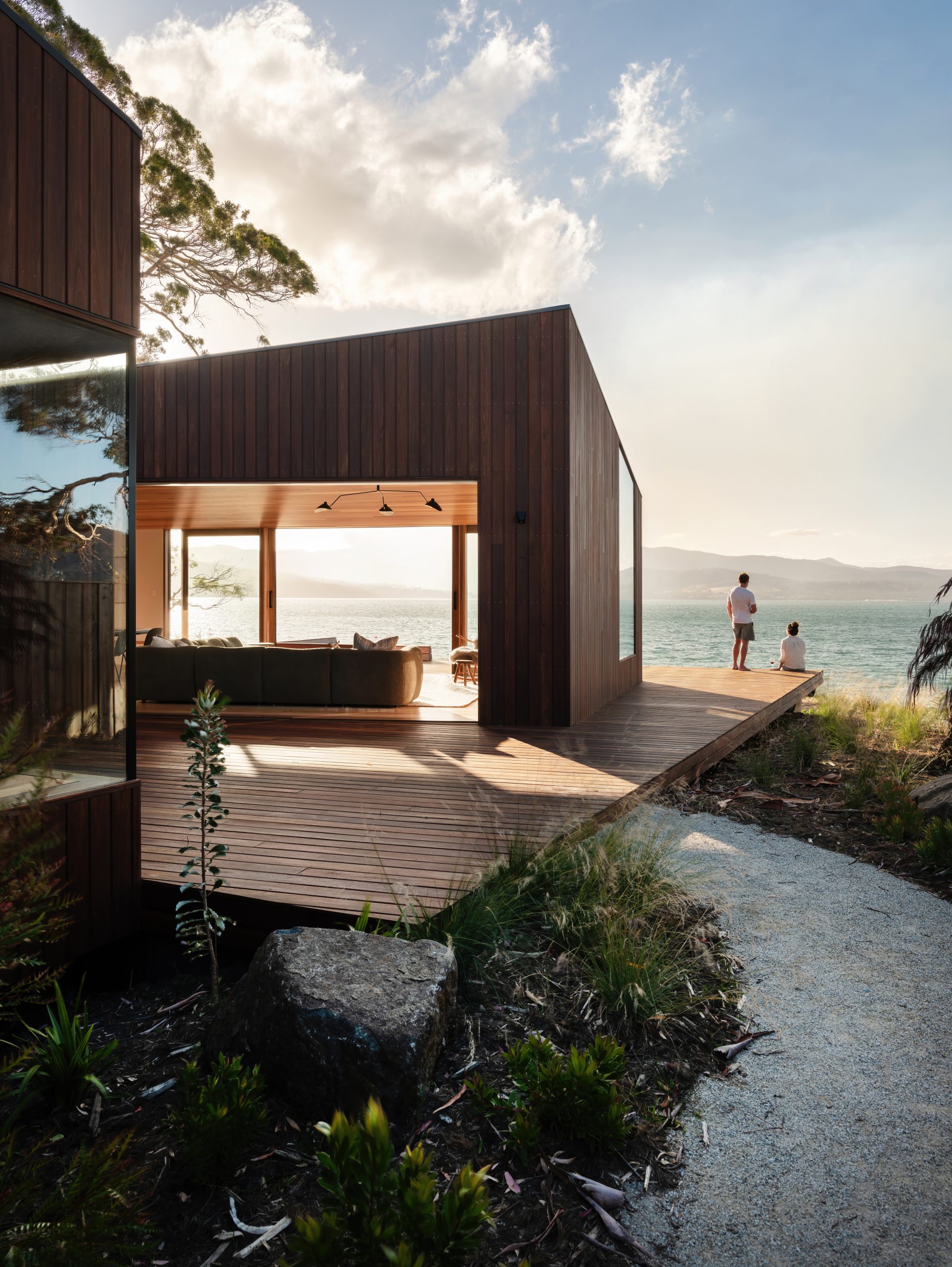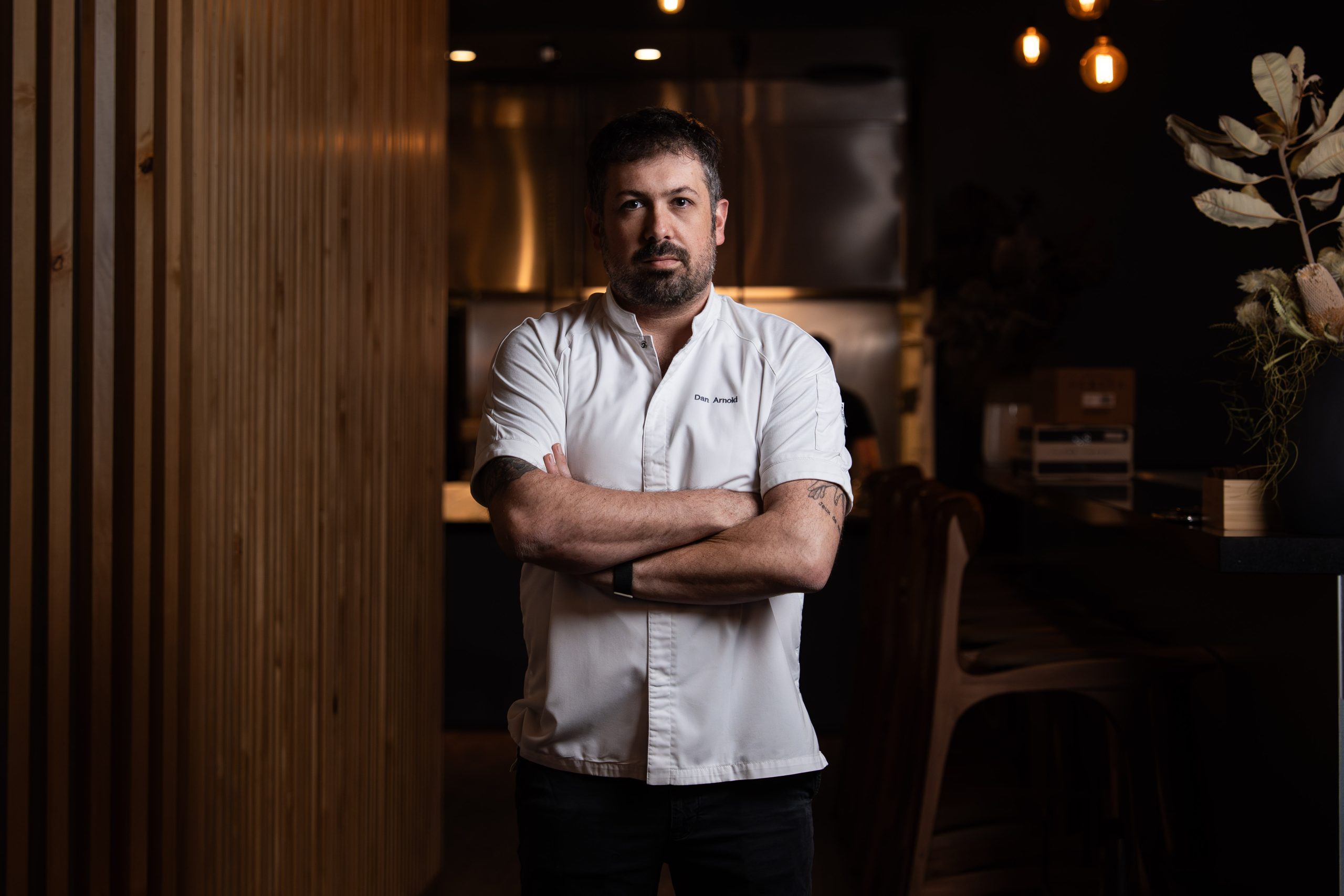Why the next three years could be the best time to invest in property
Stable rates, tight supply and improving confidence are creating a rare three-year window for strategic property investment.
After the RBA failed to cut interest rates earlier this month, many Australians are still sitting on the sidelines, waiting for “the right time” to buy.
But as every experienced investor knows, there’s rarely a perfect moment. Only windows where fundamentals align.
The next three years look to be one of those windows. This period represents a great opportunity to step into the market strategically, supported by strong long-term tailwinds and a more stable lending environment.
Supply is tight and that’s not changing anytime soon
Australia’s housing shortage has become structural.
The government’s target of 1.2 million new homes by 2029 is already slipping out of reach, with completions tracking closer to 160,000 per year.
Construction costs, planning bottlenecks, and labour shortages continue to restrict new supply, while population growth and immigration remain high.
Australian market snapshot
Perth (WA)
4,251 listings (week ending 1 Jun 2025)
2,832 listings (Oct 2025) ↓ 40 % YoY; sales ↓ 3.1 %; median days on market ≈ 12
Significant supply contraction
Despite small weekly lifts, total stock remains 40 % below 2024. Homes under the median are selling within days.
Brisbane (QLD)
Median value $945 k; monthly growth 1.5 %
Median value $992,864 (+1.8 % MoM, +10.8 % YoY); unit listings 45 % below 5-yr avg
Tight supply + rising prices
Affordable pockets < $1 m remain highly competitive. Demand concentrated around family suburbs.
Melbourne (VIC)
Listings below 5-yr avg; mild buyer hesitancy
Supply still below 5-yr avg; tight in inner east, north & inner west
Selective undersupply
Now Australia’s most affordable capital on income-to-debt ratio. Tight supply in established suburbs positions it for rebound.
Across Perth, Brisbane and Melbourne, in particular, demand continues to outstrip supply, a formula for steady, sustainable growth rather than speculation.
In Perth, listings have fallen roughly 40% year-on-year, and properties are turning over in just 12 days on average, the fastest market in the country.
For Brisbane, supply remains well below normal, particularly under $1 million, where investors and first-home buyers overlap.
And in Melbourne, affordability is now the best in the country, with tight supply in key inner corridors setting up for a cyclical recovery as rates stabilise.
Confidence is returning
After two years of turbulence, the rate environment has finally steadied. Most lenders now sit between 5.3% and 5.6%, roughly 1% lower than a year ago.
On an average $800,000 loan, that’s about $8,000 in annual savings, a meaningful improvement to serviceability and household cash flow.
While no one expects large cuts in the short term, the broader shift will breed confidence.
Borrowers who were cautious in 2023–24 are re-entering the market with renewed clarity around repayments and borrowing power.
This is an ideal time to re-engage clients who paused during the rate-rise cycle. With the right structuring, many can now step forward without over-stretching.
Demand, supply & location
In a market where many investors fixate on short-term yields, it’s critical to bring clients back to fundamentals.
The best opportunities over the next three years will be in locations with strong demand drivers, limited supply, and genuine affordability.
Strong demand drivers
Focus on markets backed by tangible fundamentals, infrastructure investment, job growth, and migration inflows. Areas with improving economies and active employment hubs consistently attract owner-occupiers, which supports long-term value.
Limited incoming supply + affordability
When affordability and low supply align, upward price pressure follows. Australia is currently building only around 160,000 new dwellings per year, well below the 240,000 needed to meet national targets. Markets with low construction pipelines and accessible entry prices are positioned for sustained growth.
Location and value-creation potential
Established, owner-occupied suburbs tend to outperform because they’re insulated from large-scale supply shocks.
Look for houses or properties with strong land content, ideally a 50 % or higher land-to-asset ratio and those that allow for renovations, granny-flat additions, or subdivisions over time.
While every market will move through its own cycle, the next three years should continue to deliver solid opportunities across Australia, particularly in locations where supply is tight, economies are strong, and demand is anchored by real fundamentals.
The market is resetting its risk profile
Macquarie Bank’s recent decision to halt lending to new property purchases in trust structures could also change parts of the investor market.
While it may slow activity in investment-heavy markets, it’s unlikely to affect demand in locations where most of the activity is driven by home buyers.
These areas are largely found within the major capital cities, and even in some of the smaller capitals with growing owner-occupier bases.
When assessing these markets, it’s important to look at the local economy, the industries that support employment, infrastructure investment, and migration.
Even indicators like Gross State Product (GSP) can provide valuable insight into the health of the local market and its resilience to policy changes.
This shift reinforces the importance of sticking to fundamentals such as strong economies, real demand, and sustainable affordability, not investor-driven locations.
Thinking long-term
The next three years won’t be about chasing quick gains.
They’ll be about steady, compounding growth driven by constrained supply, stable rates, and solid demand. Property wealth isn’t about speculation, it’s about structure, patience, and the discipline of buying the right asset and holding it through cycles.
If you’re considering entering the market, now is the time to act. Stable rates, limited supply, and improving affordability create a strong foundation for the next property cycle.
Abdullah Nouh is the Founder and Director of Mecca Property Group, one of Australia’s leading buyers’ agencies specialising in high-growth residential and commercial investments.
The PG rating has become the king of the box office. The entertainment business now relies on kids dragging their parents to theatres.
From farm-to-table Thai to fairy-lit mango trees and Coral Sea vistas, Port Douglas has award-winning dining and plenty of tropical charm on the side.
New data shows Sydney and Melbourne underperformed during the lifestyle-migration boom, but shifting price gaps suggest prestige buyers may be circling back.
Australia’s luxury housing map has been flipped on its head over the past five years, but the pendulum may finally be swinging back toward the big cities.
According to Ray White Group Senior Data Analyst Atom Go Tian, the pandemic years reshaped where prestige buyers put their money.
“If you were speaking about luxury houses five years ago, you wouldn’t even consider markets outside of Sydney and Melbourne,” he says.
But when COVID accelerated lifestyle migration and buyers were suddenly free to look elsewhere, the country’s wealthiest house hunters proved highly mobile.
“Luxury buyers proved themselves to be the most flexible and flocked away to where luxury was still sold at a discount,” Tian says. The result: Sydney and Melbourne were largely overlooked while regional prestige markets surged.
Both major cities saw their luxury prices spike briefly in 2021 as the COVID boom lifted the entire country, but the gains evaporated almost as quickly.
Rising interest rates and the lure of discounted luxury in the regions saw Sydney and Melbourne lose roughly half their 2021 uplift the following year.
The recovery since has been patchy. Tian says Sydney “grew six per cent between 2024 and 2025 after growing just two per cent between 2023 and 2024 to finally reach a new peak luxury price of $4.5 million”.
Melbourne, meanwhile, still hasn’t clawed back its pandemic peak. Luxury prices there rose five per cent between 2024 and 2025 after falling one per cent the year prior, ending 2025 at $2.6 million.
 Over five years, the two major cities have been dwarfed by the east-coast lifestyle markets that stole their thunder. Sydney grew 35 per cent and Melbourne just 17 per cent.
Over five years, the two major cities have been dwarfed by the east-coast lifestyle markets that stole their thunder. Sydney grew 35 per cent and Melbourne just 17 per cent.
Compare that with Brisbane (+77 per cent), Perth (+76 per cent), Adelaide (+73 per cent), the Gold Coast (+72 per cent), and the Sunshine Coast (+68 per cent).
That surge allowed the Sunshine Coast ($2.76 million) and Gold Coast ($2.86 million) to overtake Melbourne ($2.62 million) as the second and third most expensive luxury markets in the country.
Brisbane ($2.32 million) and Perth ($2.30 million) are now only 12 per cent cheaper than Melbourne, a huge shift from 2020 when both were 43 per cent cheaper.
Many assumed this decentralised luxury map was the new normal. But Tian says the last 12 months hint at a potential reversal.
“It’s easy to assume the new normal is a decentralised luxury market, but if the last 12 months signal what’s to come, luxury buyers may just be beginning to rediscover the value of Sydney’s prestige waterfront streets and Melbourne’s leafy inner suburbs.”
The price gaps that once tempted buyers north and west have narrowed. In 2020, Sydney was twice as expensive as the Gold Coast and Sunshine Coast.
Now the gap is closer to 1.5 times. Against Brisbane and Perth, the premium has shrunk from 2.5 times to 1.9. “Sydney’s premium looks more justified than overpriced,” Tian says.
Melbourne is a more complicated story. Its long lockdowns hit confidence harder than anywhere else, sending affluent buyers to other states. But Tian believes that weakness may now be its strength.
“At only 17 per cent growth over five years, it significantly underperformed relative to its fundamentals as Australia’s second-largest city.”
If interest rate cuts arrive and confidence lifts, he says the very buyers who abandoned Sydney and Melbourne could return to find relative value they haven’t seen in years.
On October 2, acclaimed chef Dan Arnold will host an exclusive evening, unveiling a Michelin-inspired menu in a rare masterclass of food, storytelling and flavour.
Records keep falling in 2025 as harbourfront, beachfront and blue-chip estates crowd the top of the market.




















